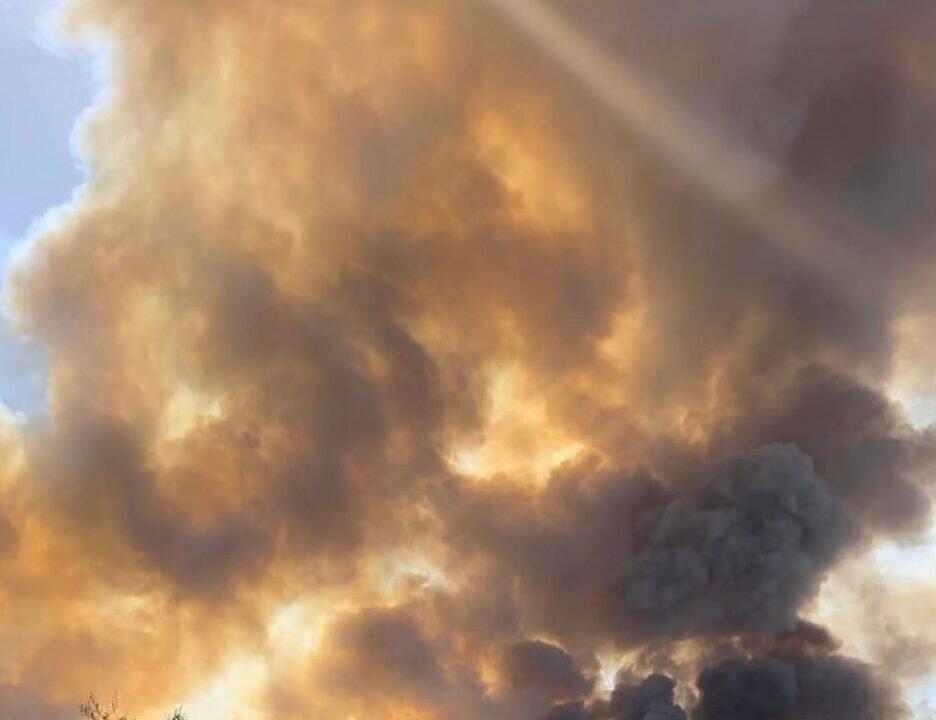With the temperature expected to reach close to 30 C in parts of Edmonton, the province says the fire danger is growing from very high to extreme levels in many northern areas of the province. Officials say that residents need to be prepared to urgently evacuate with very little warning.
The situation is expected to remain “volatile,” Colin Blair, executive director of the Alberta Emergency Management Agency, said during a May 14 news conference at 3 p.m..





